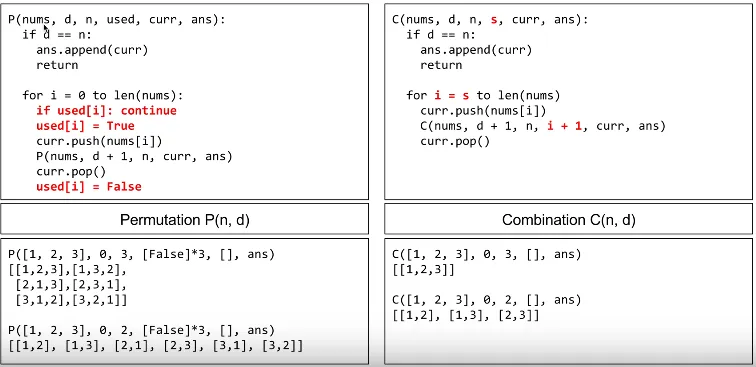Given an array arr[] consisting of N integers, rearrange the array such that it satisfies the following conditions:
arr[0] must be 1.
Difference between adjacent array elements should not exceed 1, that is, arr[i] – arr[i-1] ≤ 1 for all 1 ≤ i < N.
The permissible operations are as follows:
Rearrange the elements in any way.
Reduce any element to any number ≥ 1.
The task is to find the maximum possible value that can be placed at the last index of the array.
Examples:
Input: arr[] = {3, 1, 3, 4}
Output: 4
Explanation:
Subtracting 1 from the first element modifies the array to {2, 1, 3, 4}.
Swapping the first two elements modifes the array to {1, 2, 3, 4}.
Therefore, maximum value placed at the last index is 4.
Input: arr[] = {1, 1, 1, 1}
Output: 1
Approach:
To solve the given problem, sort the given array and balance it according to the given condition starting from left towards right. Follow the below steps to solve the problem:
Sort the array in ascending order.
If the first element is not 1, make it 1.
Traverse the array over the indices [1, N – 1) and check if every adjacent element has a difference of ≤ 1.
If not, decrement the value till the difference becomes ≤ 1.
Return the last element of the array.
Below is the implementation of above problem:
filter_none
edit
play_arrow
brightness_4
// C++ Program to implement
// the above approach
#include <bits/stdc++.h>
using namespace std;
// Function to find the maximum possible value
// that can be placed at the last index
int maximizeFinalElement(int arr[], int n)
{
// Sort array in ascending order
sort(arr, arr + n);
// If the first element
// is not equal to 1
if (arr[0] != 1)
arr[0] = 1;
// Traverse the array to make
// difference between adjacent
// elements <=1
for (int i = 1; i < n; i++) {
if (arr[i] - arr[i - 1] > 1) {
arr[i] = arr[i - 1] + 1;
}
}
return arr[n - 1];
}
// Driver Code
int main()
{
int n = 4;
int arr[] = { 3, 1, 3, 4 };
int max = maximizeFinalElement(arr, n);
cout << max;
return 0;
}
Output:
4
Time Complexity: O(NlogN)
Auxiliary Space: O(N)
Attention reader! Don’t stop learning now. Get hold of all the important DSA concepts with the DSA Self Paced Course at a student-friendly price and become industry ready.
#arrays #greedy #mathematical #sorting #array-rearrange #carwale
